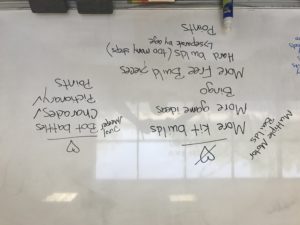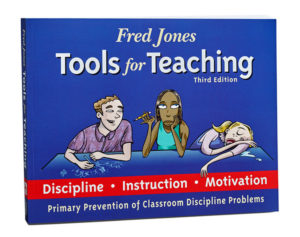If you are a parent of an elementary school-aged child and are trying to continue their education with homeschooling, please read on.
First of all, I applaud you and your efforts. They are not futile nor are they in vain. If you’re reading this, those are probably just a few of your thoughts. You may also be thinking “this is hard!” Some might be wondering how do teachers do this?! You are right that it’s not easy, but it’s not impossible either. I have a few straightforward recommendations that any parent who is already trying should be able to use.
5 Tips for the (newly) Homeschooling Parent
1. Schedule
2. Choice
3. Breaks
4. Pressure
5. Extensions
Schedule and Routines
Successful classrooms are run by routines and procedures. Your class at home should operate the same way. I would recommend getting in touch with your child’s teacher and ask what the daily or weekly schedule was and try to follow it. Alternatively, you can create a schedule that everyone at home can work with. Either way, it’s important to stick to it!
Choice
Teachers know that if you give kids a little choice in what they do, you get more cooperative students. If you as the parent have decided to create your own class schedule for home, include your kid(s) in the making. Would they like to do Math or Writing right after lunch? Should we do Science on Wednesdays? Be flexible with your student but firm also. If they chose it, they are more likely to follow it. You may just have to remind them of that. Students also get some amount of choice in the assignments they do in the classroom. They have the same goal (double digit subtraction for instance), but it can be a color by numbers page, flash cards for mental math, or something more tactile like dimes and pennies. (What students should be working on is a whole other topic, which I also hope to touch on in future. For now, reach out to your teachers!)
Breaks
In 2018, the Governor of Arizona required schools to provide students with two recesses. They don’t have to be long (15 and 30 minutes respectively), but they are just as important as other subjects. Recess at schools are supervised but unorganized. During this time of social distancing, that’s hard. But, the breaks are still important— especially active breaks. I highly recommend Go Noodle if you need ideas. No matter what it is, give the kid a break!
Pressure
This leads nicely into my tip about pressure. While some students may thrive with one-on-one attention or need it to get any progress made, others can become anxious. Children need the opportunity to work independently. This is easier for parents whose teachers have provided packets of work, but it’s not impossible to come up with a packet of your own. If your student appears to be working diligently, assume that they are. However, be sure their workspace is conveniently located for you to covertly check on them. It’s not that practice makes perfect, but perfect practice makes perfect. By that I mean, you want to make sure your student is not only doing their school work but that they are working on it correctly.
Extension
You have been put into the brand new position of teacher. Congratulations! I’m sure you probably did not want to become a homeschool teacher, however, because of the situation we are all in you have access to even more extension opportunities than ever before. You most likely have the time to do them as well. Places are offering more videos, virtual tours, and other digital means of accessing their product. Use this time together and this openness to pursue your child’s interests, or introduce them to some of yours.
I hope to delve further into some of these topics and others so be on the lookout for new posts or get in touch with specific questions.

 If you’ve been reading the blog, then you know that I’ve been studying this summer and learning about classroom management. I’ve already had opportunities to apply lessons from
If you’ve been reading the blog, then you know that I’ve been studying this summer and learning about classroom management. I’ve already had opportunities to apply lessons from 